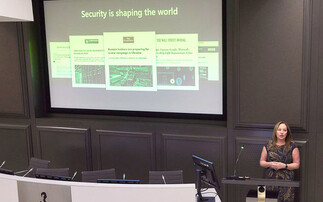'The Janitor' claims to have removed two million insecure IoT devices from circulation
The author of BrickerBot, the malware designed to infect and take down insecure Internet of Things (IoT) connected devices, claims that the malware has so far taken down as many as two million devi...
To continue reading this article...
Join Computing
- Unlimited access to real-time news, analysis and opinion from the technology industry
- Receive important and breaking news in our daily newsletter
- Be the first to hear about our events and awards programmes
- Join live member only interviews with IT leaders at the ‘IT Lounge’; your chance to ask your burning tech questions and have them answered
- Access to the Computing Delta hub providing market intelligence and research
- Receive our members-only newsletter with exclusive opinion pieces from senior IT Leaders





















